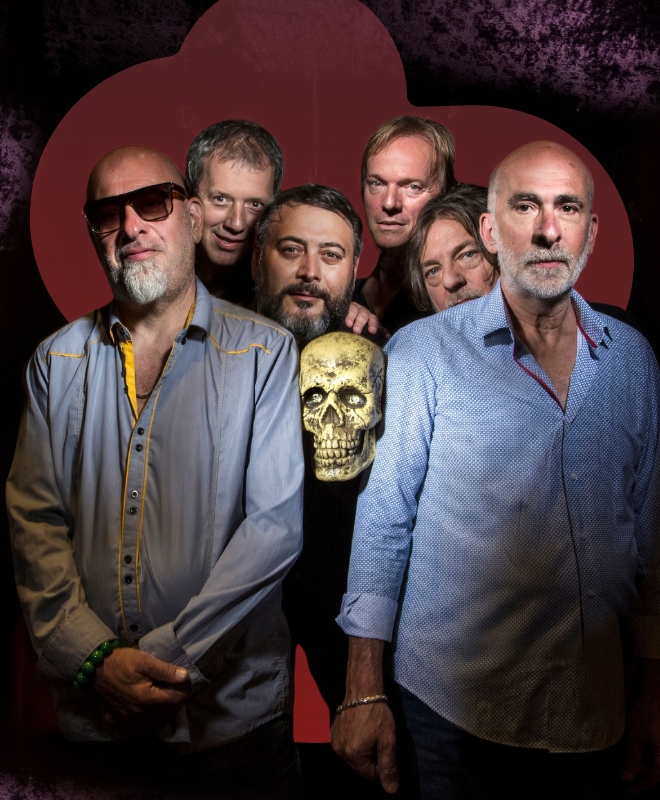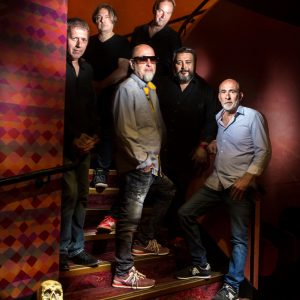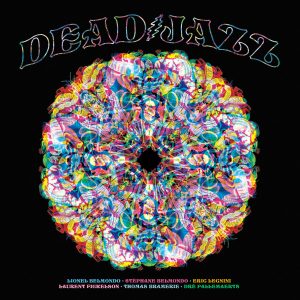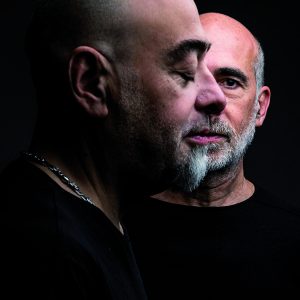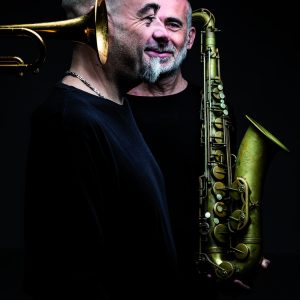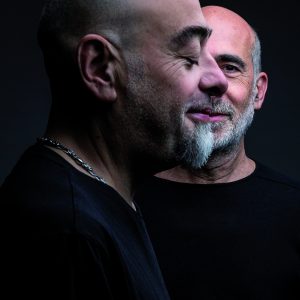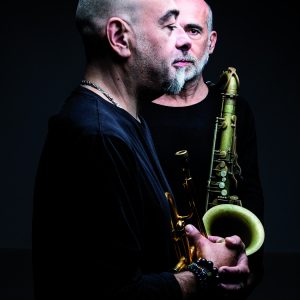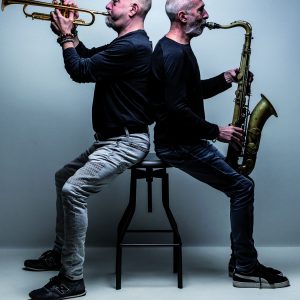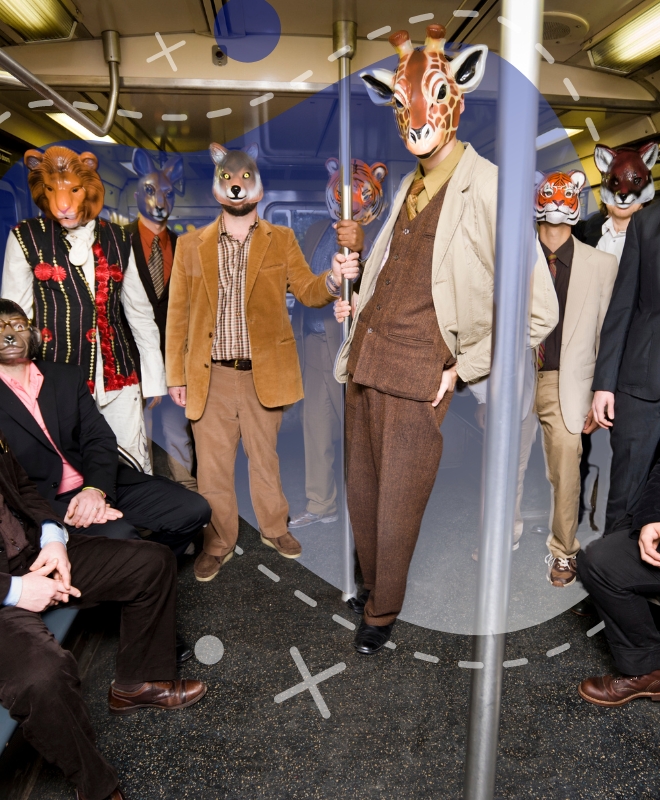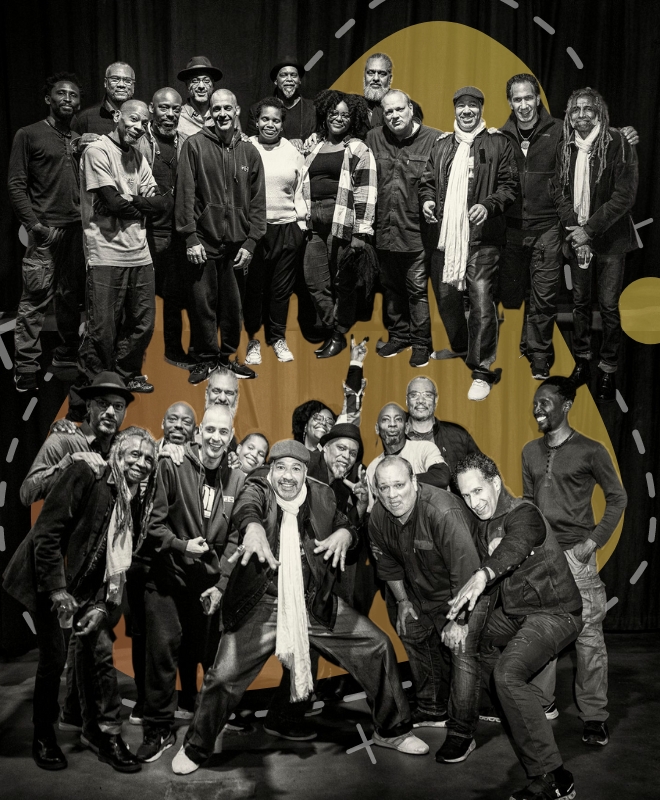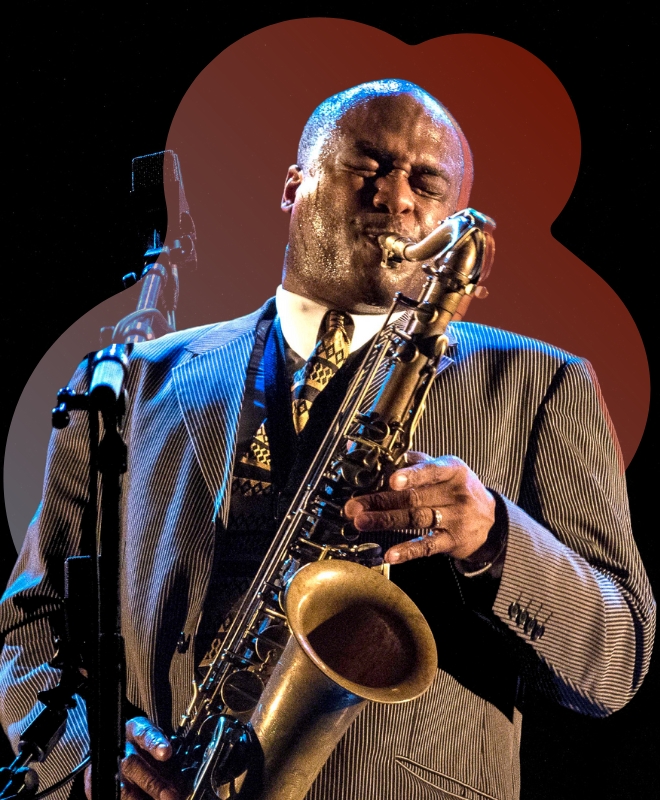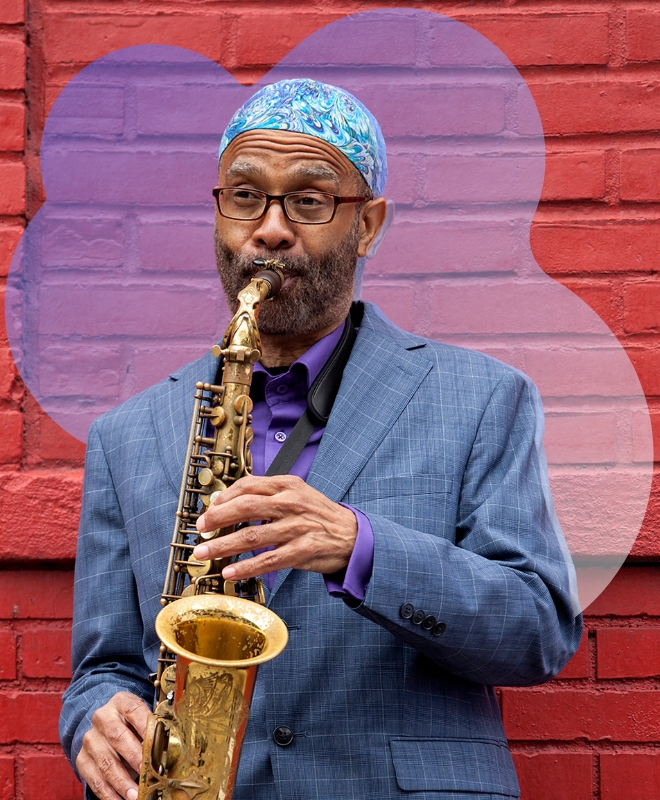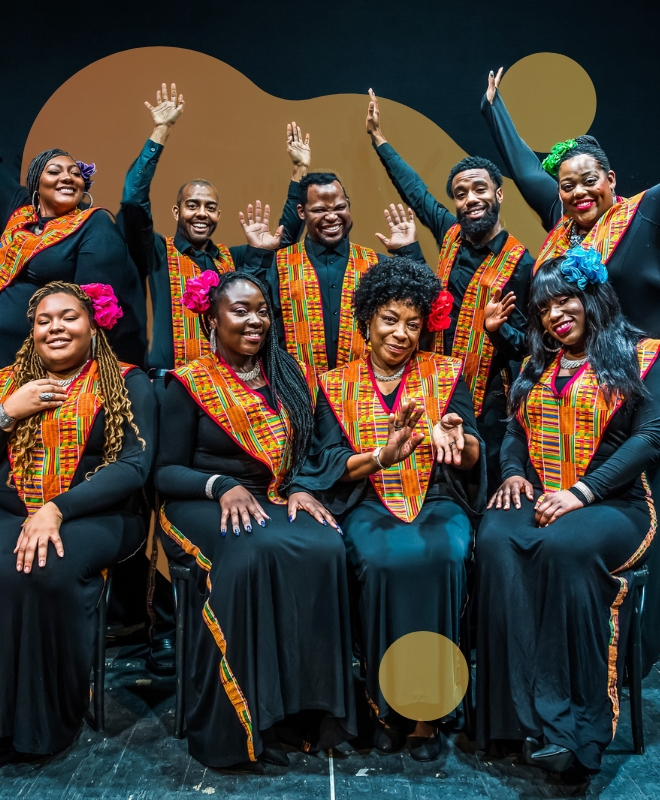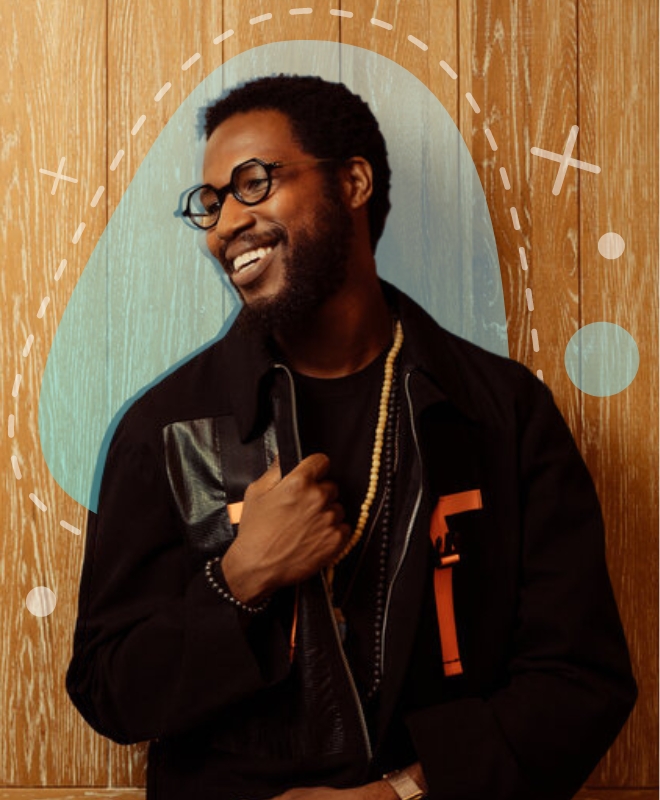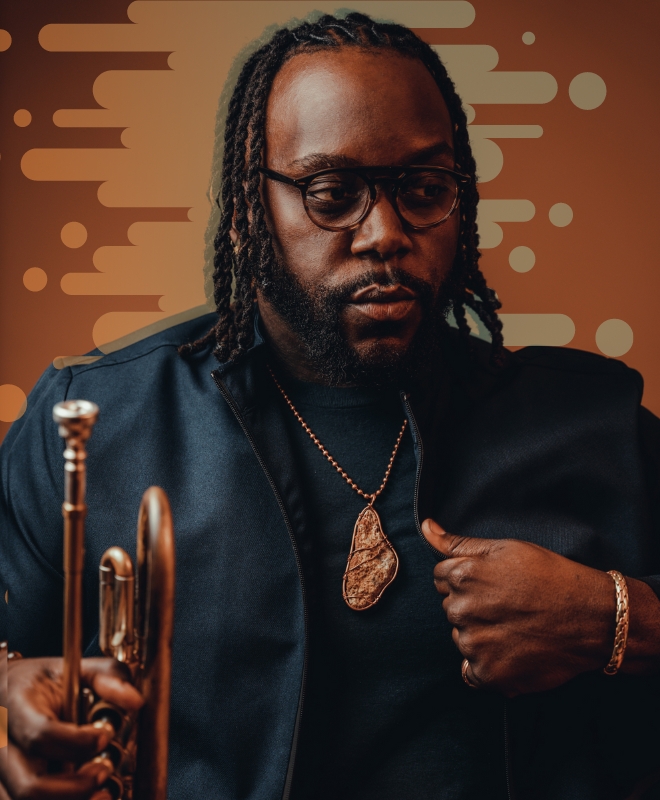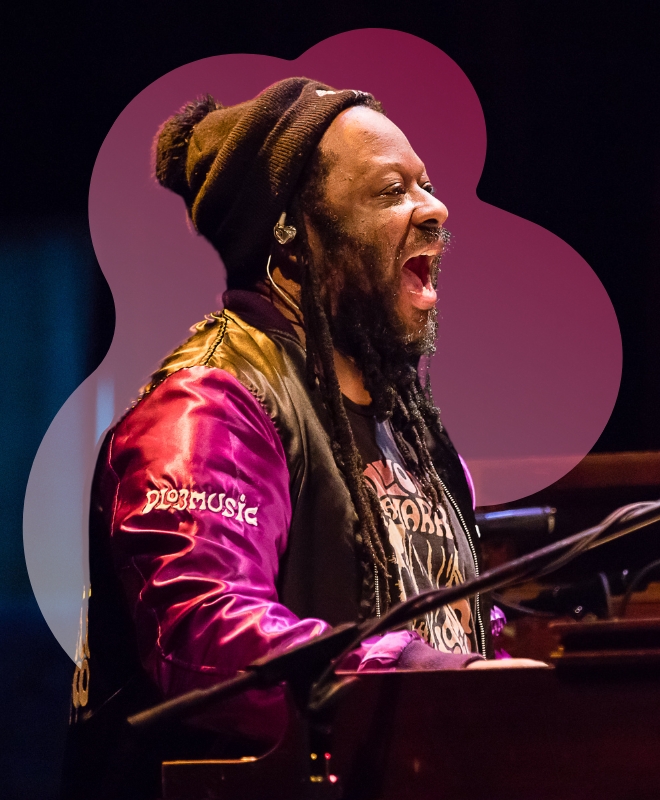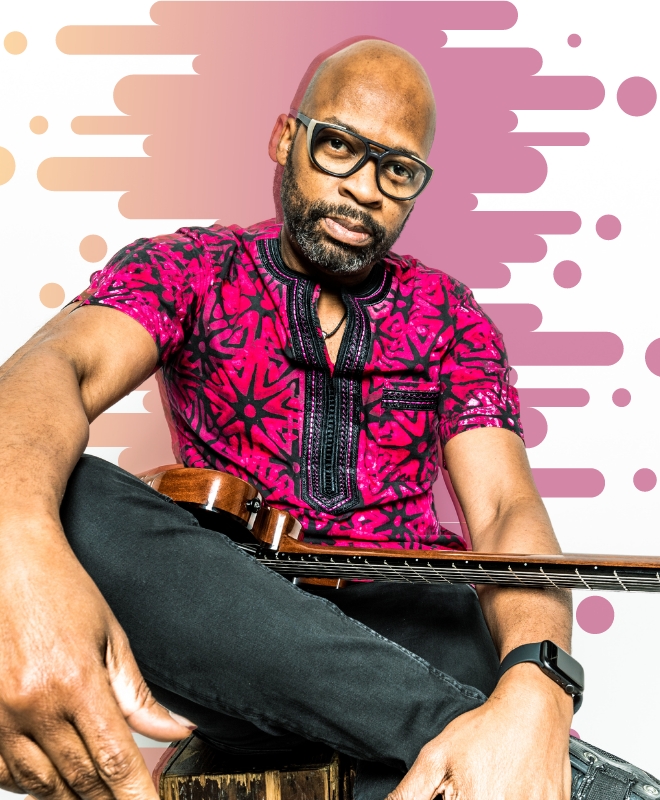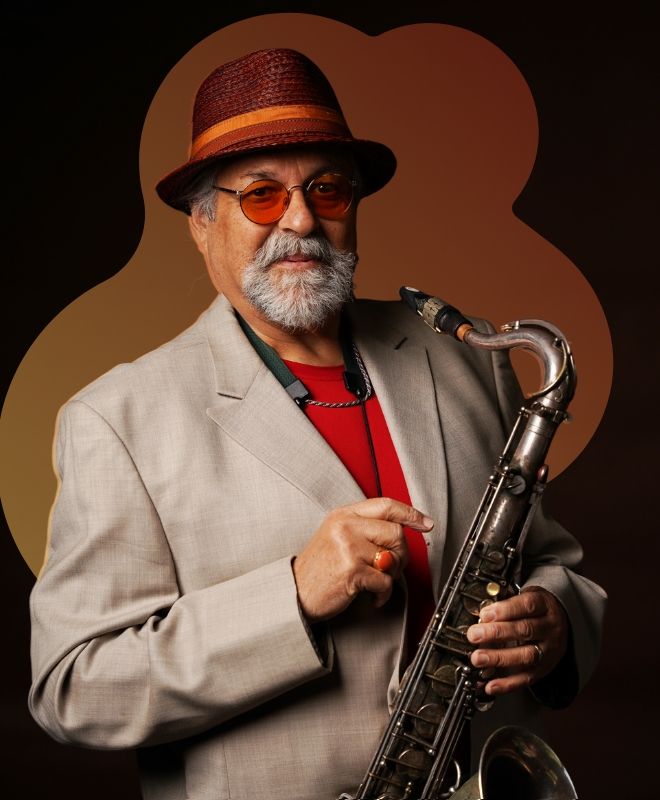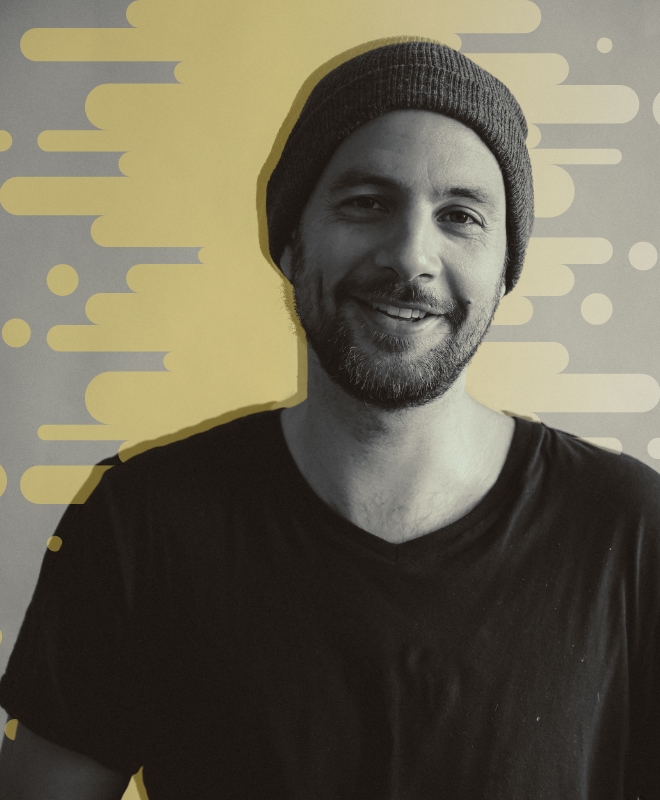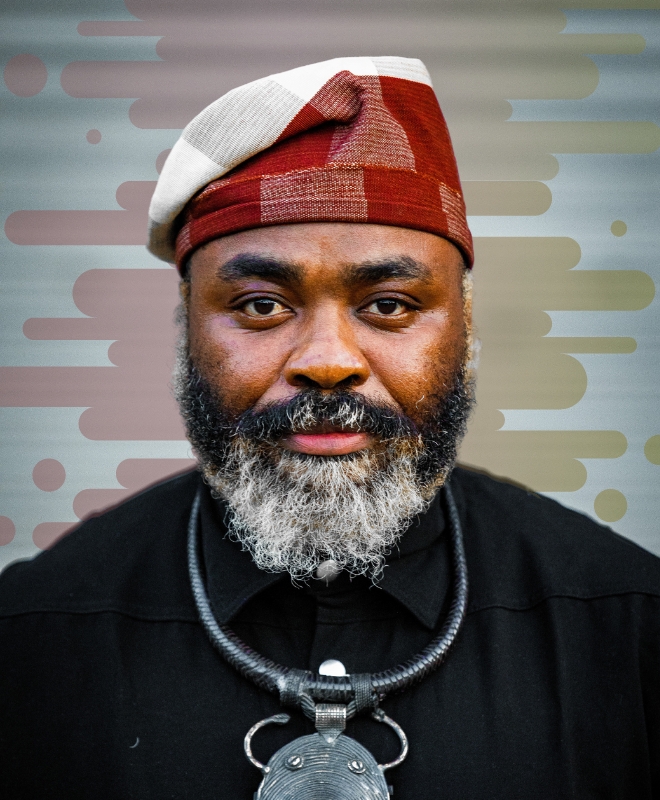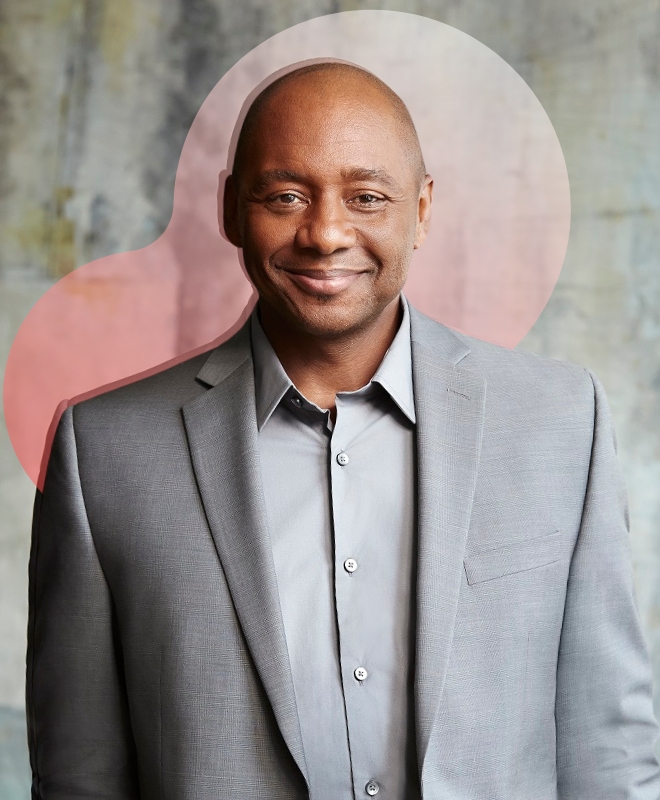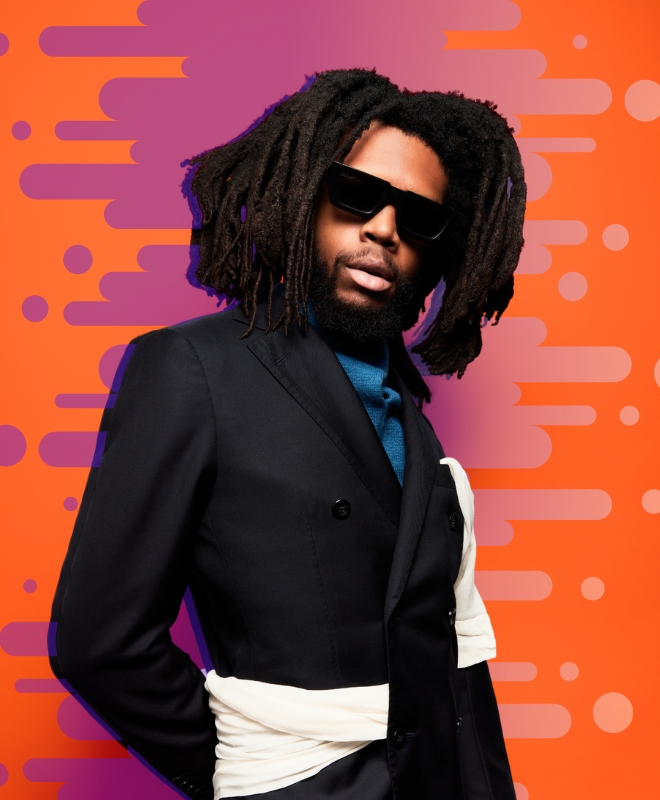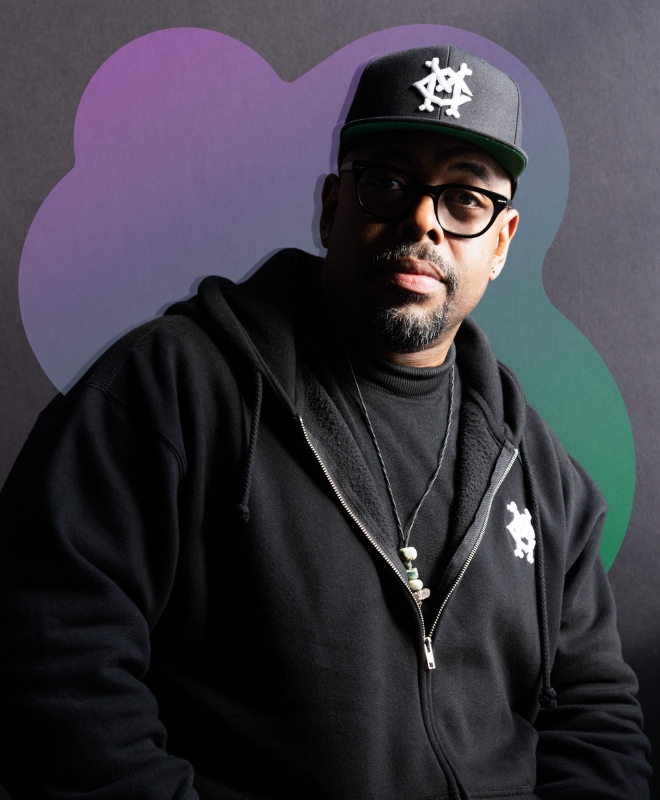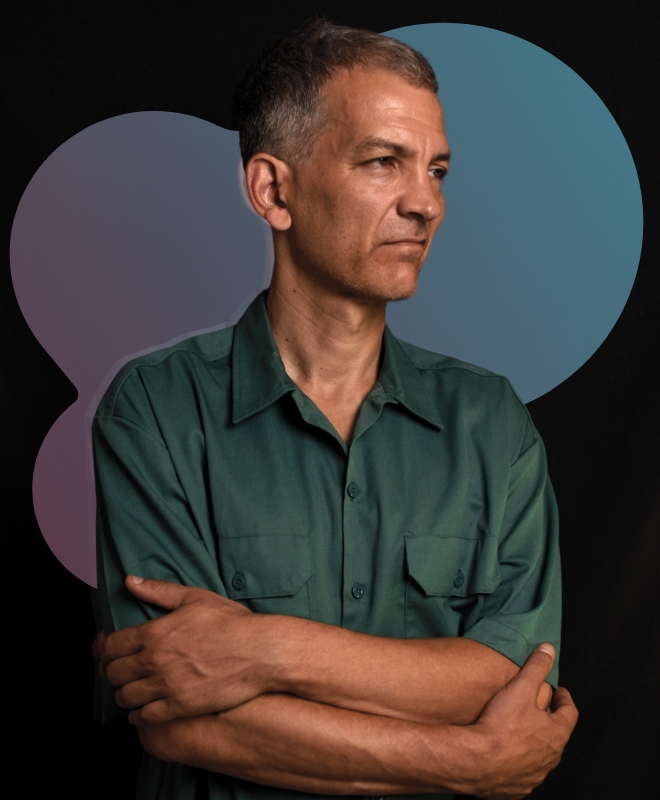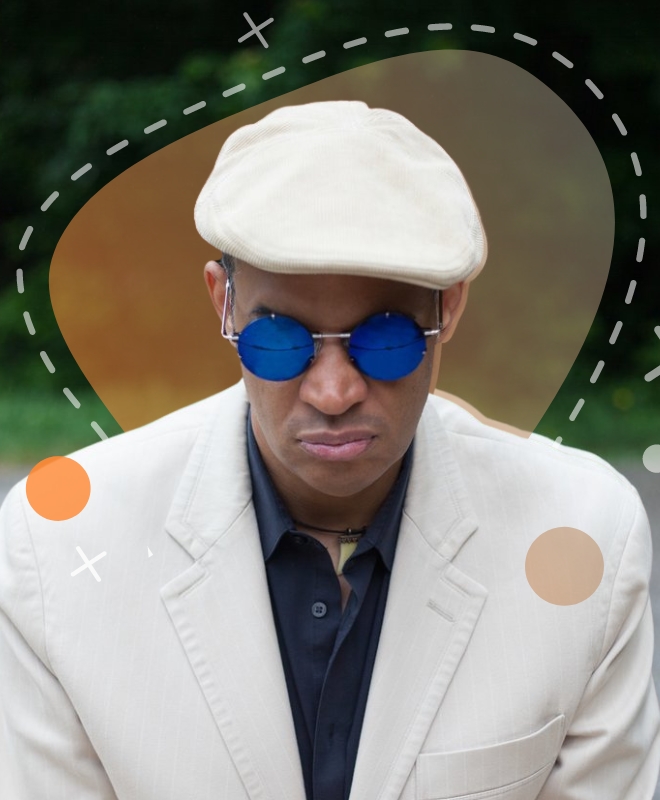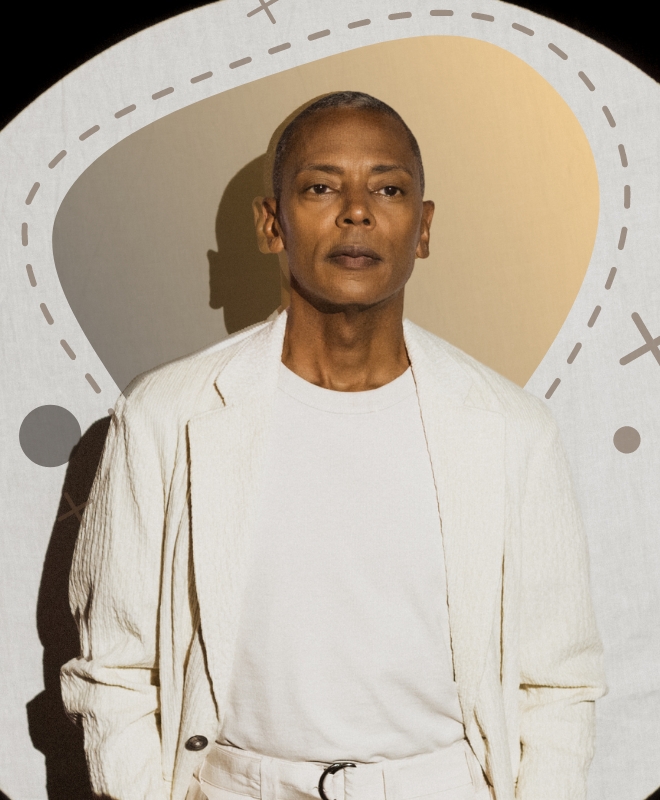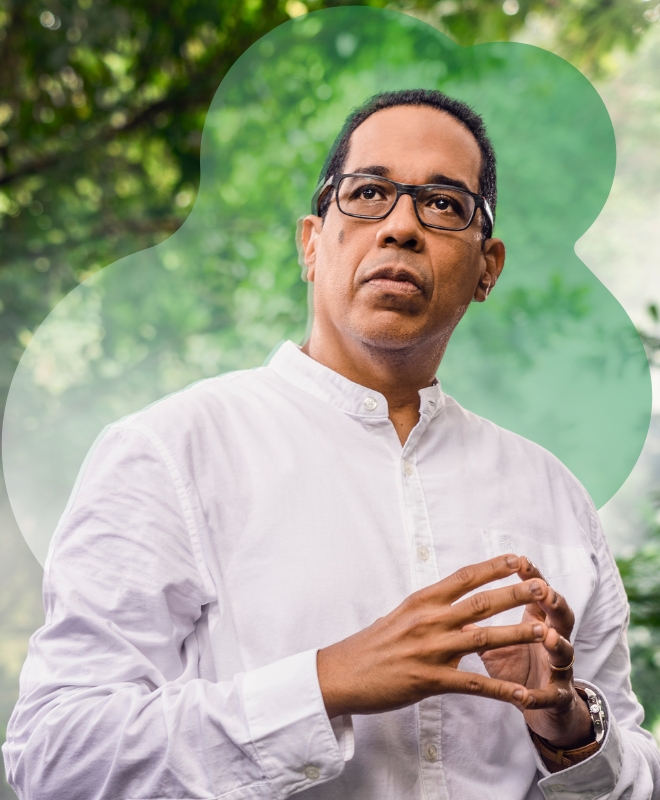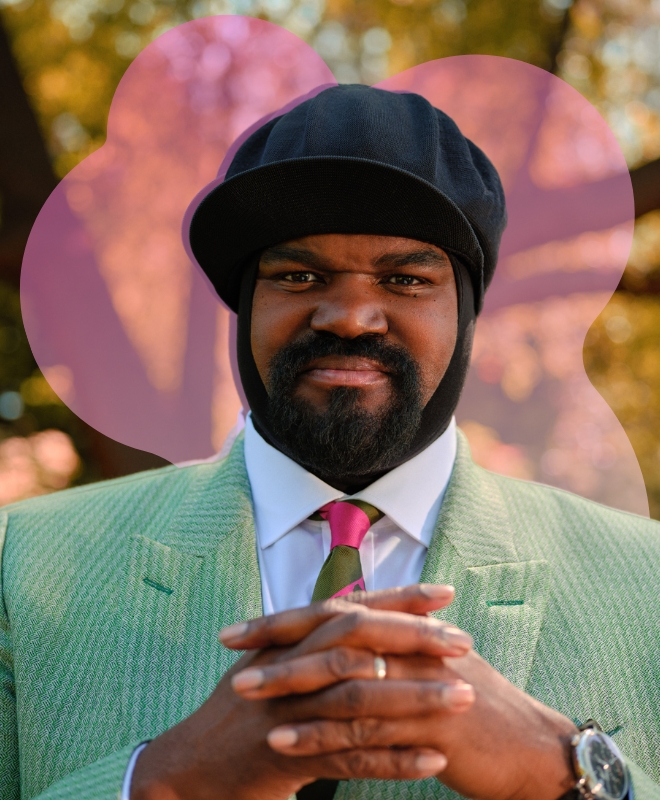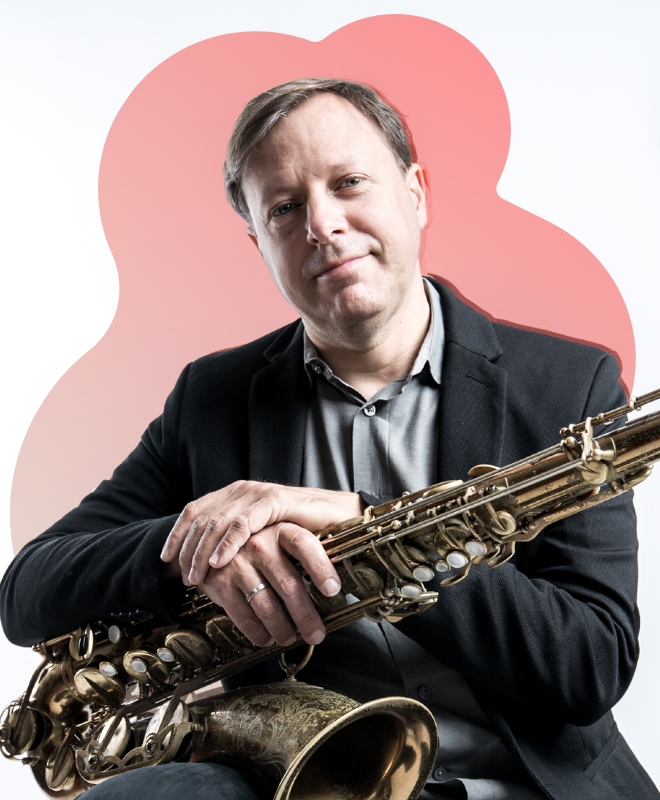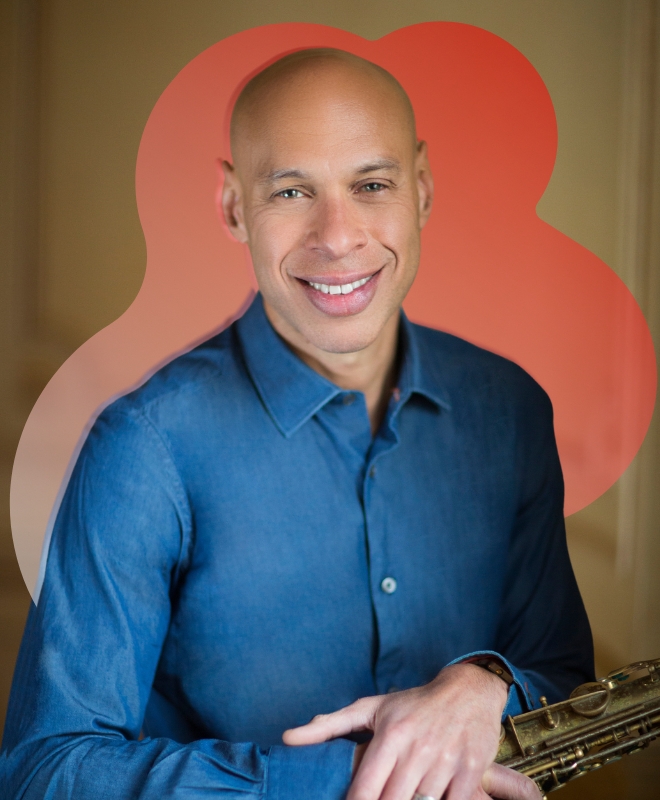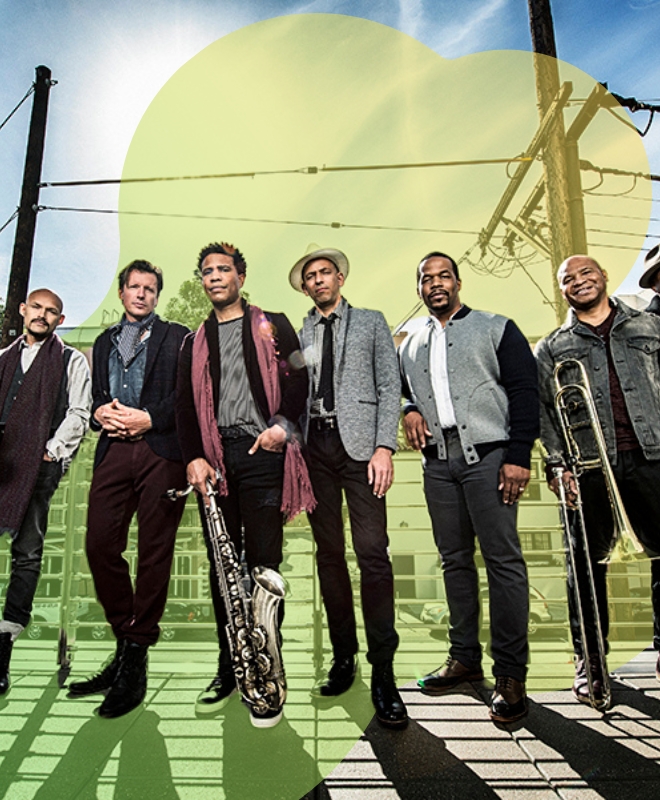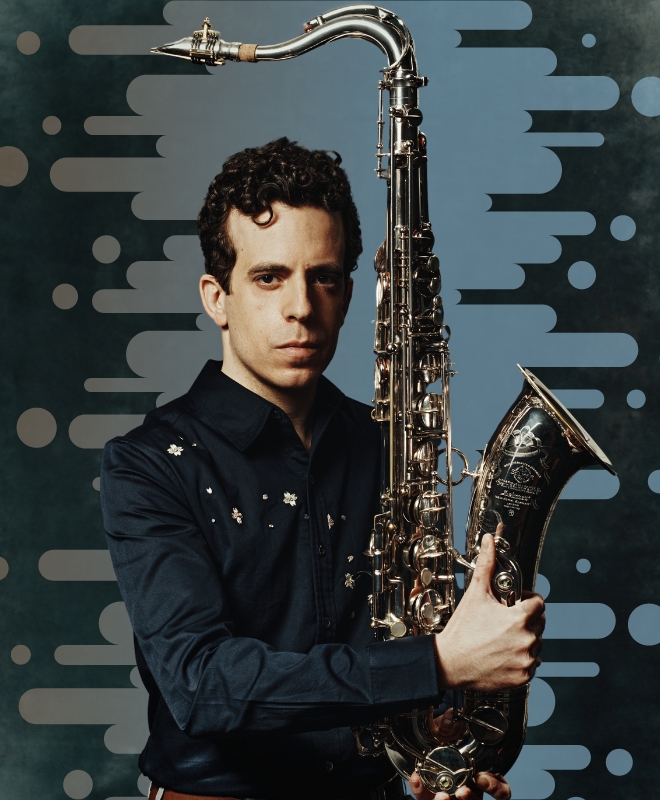Biography
Less a tribute than an interpretation, less a rereading than a resurrection, Deadjazz revives the music of the Grateful Dead, the legendary band of the psychedelic years. Drawing on a cult repertoire and supported by musicians who have forged unfailing ties with the Belmondo brothers over the decades, this collective project is akin to an immersion in a crucial moment in the history of music: when jazz was electrified by the rhythms of rock and rock freed itself from the shackles of song through improvisation.
Developed with two mirrored keyboards, like the two guitars at the heart of the Grateful Dead machine, this adventure vibrates to the sound of the distorted timbres of the Fender Rhodes and other Farfisa instruments that made up the sound of the sixties, masterfully piloted by Laurent Fickelson and Eric Legnini. Lionel Belmondo has conceived the repertoire as songs that open up to improvisation and feature solos that are as explosive as they are illuminating. Carried along by the striking strokes of Dré Pallemaerts, undisputed master of twists and turns, and Thomas Bramerie’s ironclad double bass, Jerry Garcia’s songs return from the dead, resurrected from their inspired breaths by the Belmondo brothers, Lionel on fiery saxophone and Stéphane on lyrical trumpet. From cosmic sparkles to funky grooves, from anthemic ballads to sonic deflagrations, from mystical blues to hippie ritornello, Deadjazz offers a series of stations along the Grateful Dead’s grandiose path. Whether you’re a jazz sun worshipper or a fire thief on a rock mountain, the trip is guaranteed.
Vincent Bessières
[/expand]

